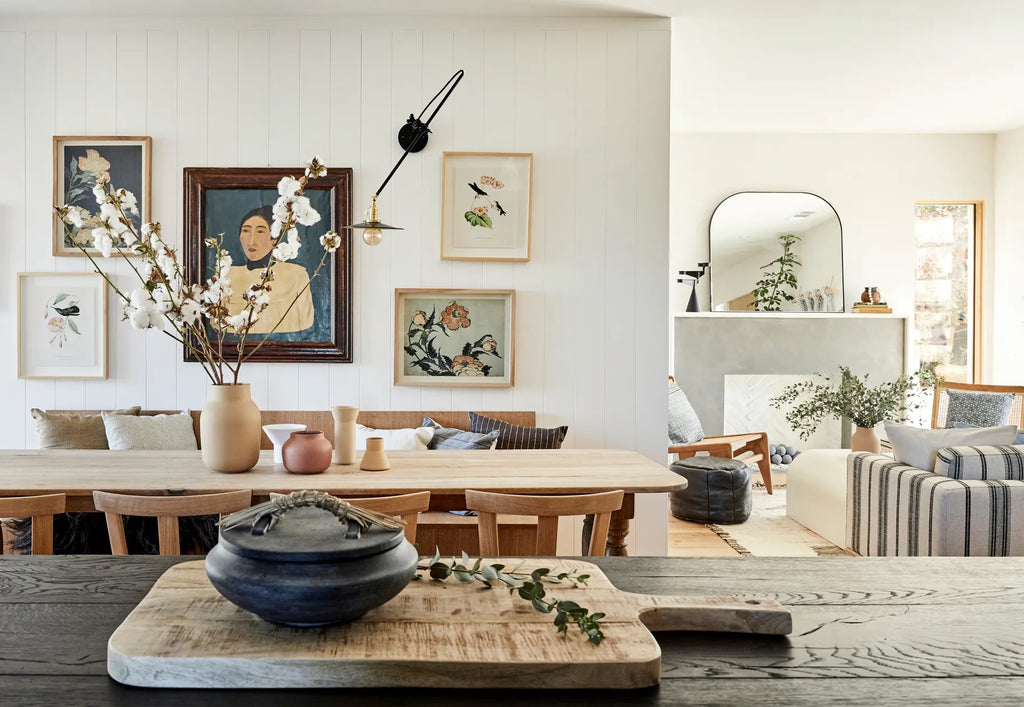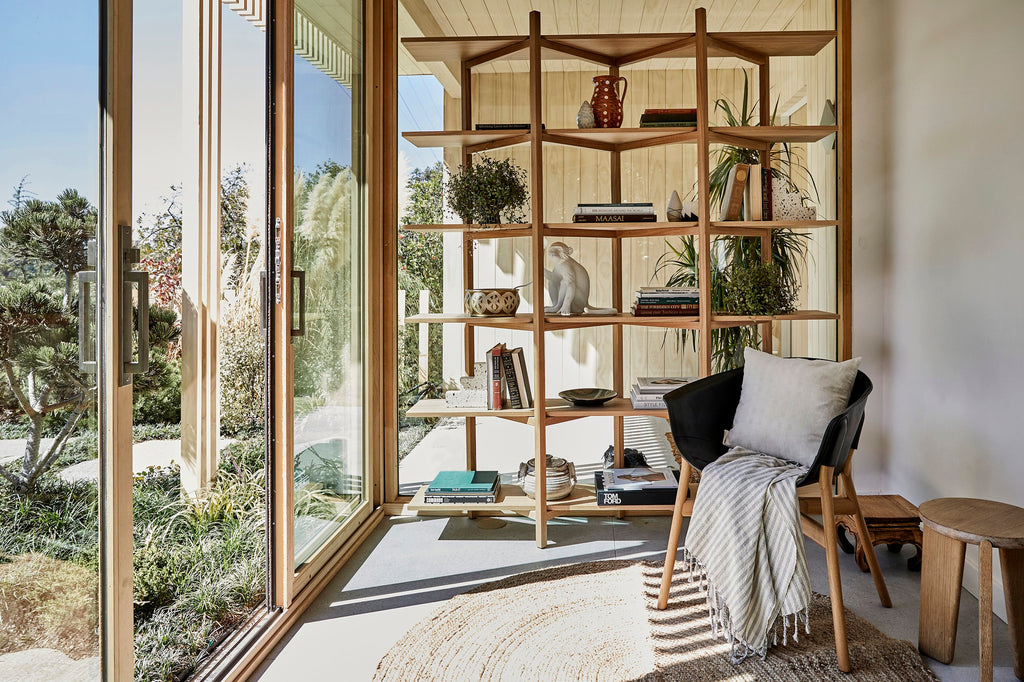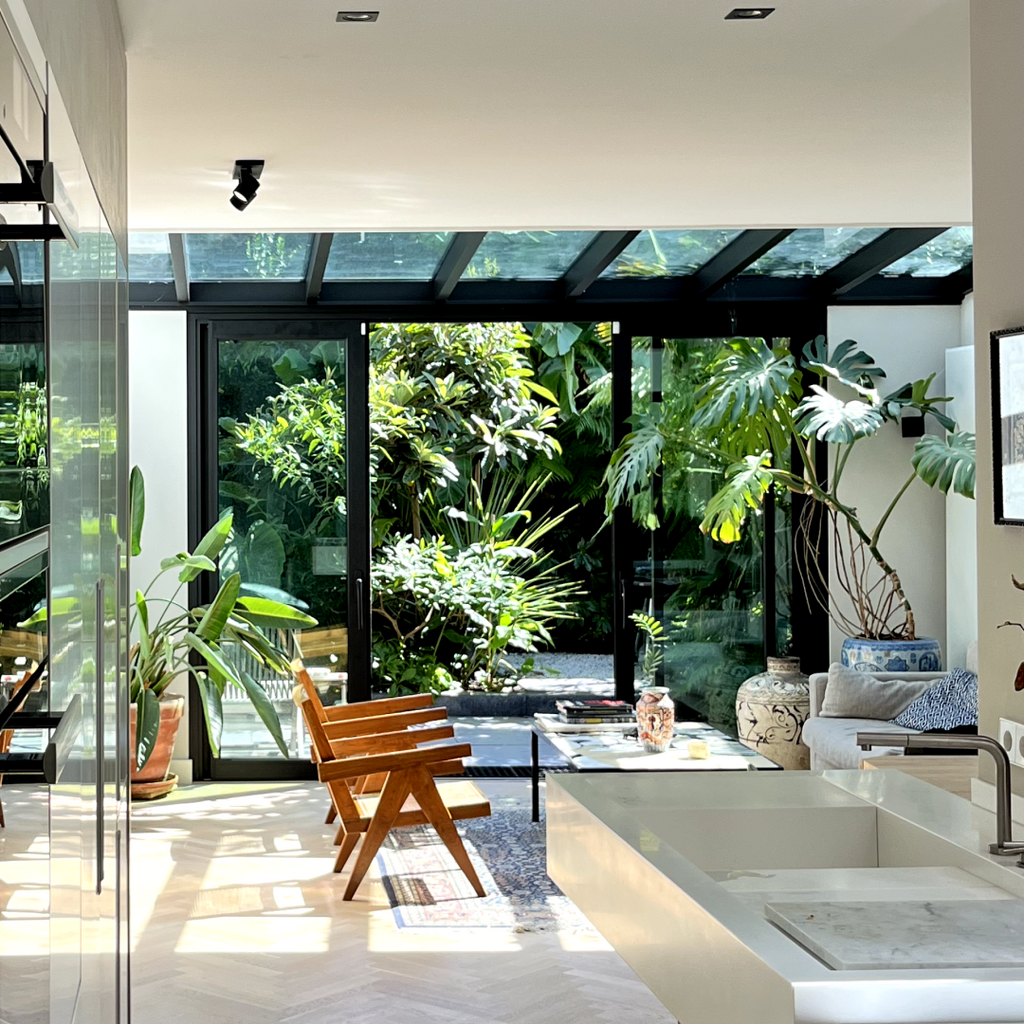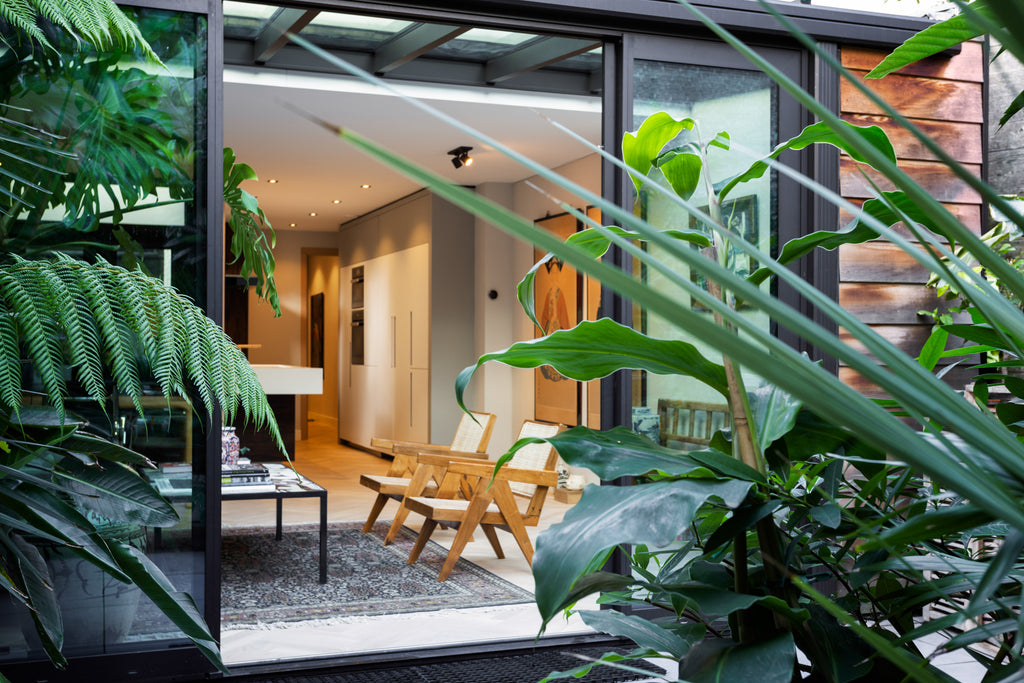Japandi Furniture: The Perfect Blend of Japanese and Scandinavian Design
In the world of interior design, the emergence of Japandi furniture represents a captivating fusion of form and function. This style blends the modern flair of Scandinavian design with the timeless elegance of Japanese aesthetics. The result is a strikingly minimalist and functional approach to home decor that emphasizes natural materials and clean lines.
What sets Japandi furniture apart is not just its visual appeal but its underlying philosophy that combines the best of both worlds—creating spaces that are both serene and stylish. Indeed, as homeowners increasingly lean towards more mindful and sustainable living, Japandi furniture stands out as a perfect choice.

Scandinavian and Japanese styles merge in this minimalist, natural approach to home decor. Photo: Jenna Peffley
Understanding Japandi Design Philosophy
Japanese Influence in Japandi Furniture
Japanese design principles play a foundational role in Japandi furniture. The Japanese ethos of "wabi-sabi," which finds beauty in imperfection, complements the Scandinavian pursuit of simplicity. This design marriage introduces a peaceful, calming environment in your home, inherently balanced against the often cold minimalism found in purely Scandinavian styles. Moreover, Japanese attention to craftsmanship and detail brings an added layer of depth to these hybrid pieces. For instance, the use of light woods and fine, handcrafted finishes highlight the natural beauty of the materials, enhancing the overall aesthetic of minimalism.

Characteristics of Japandi Furniture
Characteristically, Japandi furniture features a palette of neutral colors which helps in creating a tranquil and cozy atmosphere. This is balanced with the clean lines and functionality that are hallmarks of Scandinavian design. The furniture pieces themselves are often low to the ground, following traditional Japanese practices, which further accentuates a sense of space and openness in the room. In addition, sustainability is a key aspect, with both cultures valuing materials that are not only durable but also environmentally friendly.

Simplicity and Functionality
At the heart of Japandi furniture design lies the dual emphasis on simplicity and functionality. This approach not only reflects the aesthetic values of both Japanese and Scandinavian designs but also their practical philosophies. Every piece of Japandi furniture is designed with a purpose, eliminating unnecessary elements that do not serve a functional or aesthetic purpose. For example, storage solutions are often built seamlessly into furniture pieces, hiding clutter and maintaining the clean lines that are so crucial to the style.
Furthermore, the thoughtful combination of open spaces and natural light in Japandi interiors helps to foster a sense of calm and order, which is essential for a minimalist home decor. This design strategy not only maximizes the utility of each item but also ensures that each piece contributes to the harmony of the space.

A Japandi styled apartment's interiors take cues from Japanese and Scandinavian designs. Photo: OEO Studio
Incorporating Japandi Furniture in Your Home
Introducing Japandi furniture into your home doesn't require a complete overhaul of your existing decor. Start by incorporating key pieces that embody the style’s aesthetic. For example, a low-profile timber coffee table or a sleek, neutral-toned sofa. Pair these with soft textiles and natural elements like plants or wool rugs to add warmth and life. To truly embrace Japandi design, focus on creating a flow between the indoors and outdoors.
Large windows that allow natural light to flood the room are ideal. However, if that’s not feasible, well-placed mirrors can also enhance the natural light available. Finally, keep in mind the Japandi principle of balance and restraint. Choose a few high-quality pieces over many lower-quality items to maintain a space that feels both open and curated. This approach elevates the overall style of your home but also aligns with the minimalist ethos of Japandi design.

In conclusion, Japandi furniture offers a refreshing option that infuses their living spaces with a sense of calm – understated elegance. Its rise in popularity is testament to its unique ability to harmonize simplicity with functionality, providing a sustainable and chic answer to modern home furnishings. Hence, whether you are renovating your home or just looking to update a few pieces, considering Japandi furniture is definitely a move towards creating a more thoughtful and serene living environment.
About the Authors
We are Silvio and Luke, the co-founders of Studio Botanica. We blend our expertise and perspectives on industrial and interior design to share our passion for visual arts, architecture, and craftsmanship by writing about it.
For further details and expert guidance on Japandi Furniture, we invite you to consult with our dedicated customer service team.
